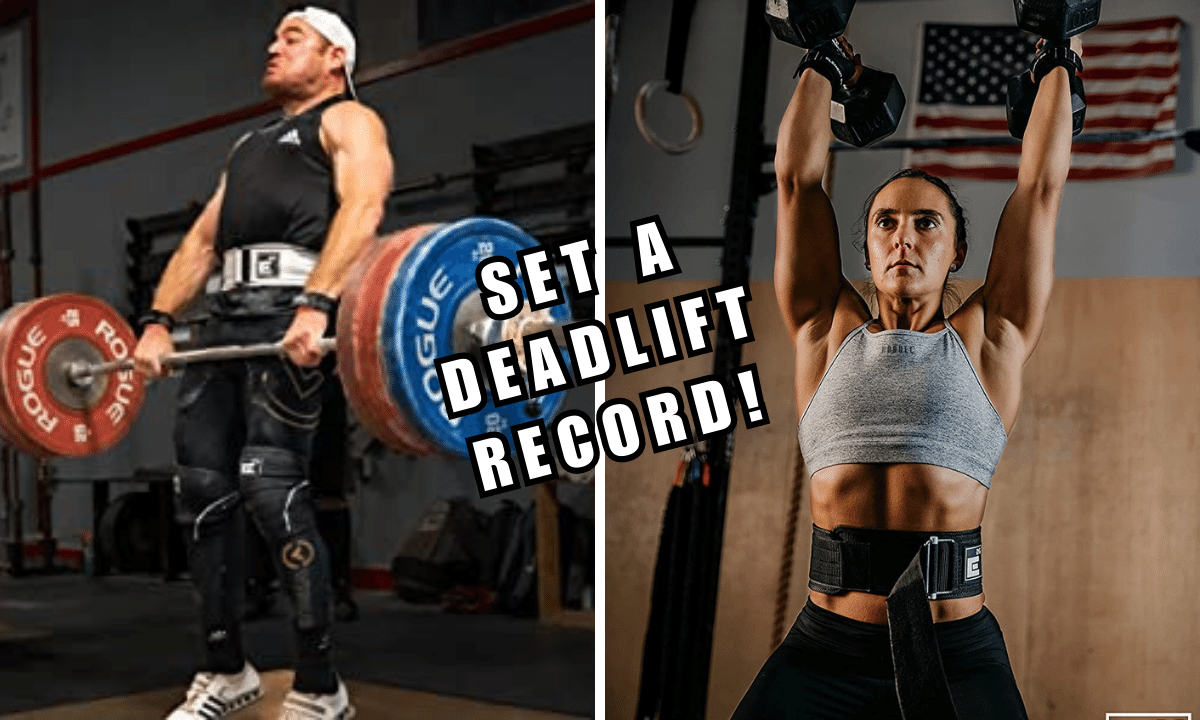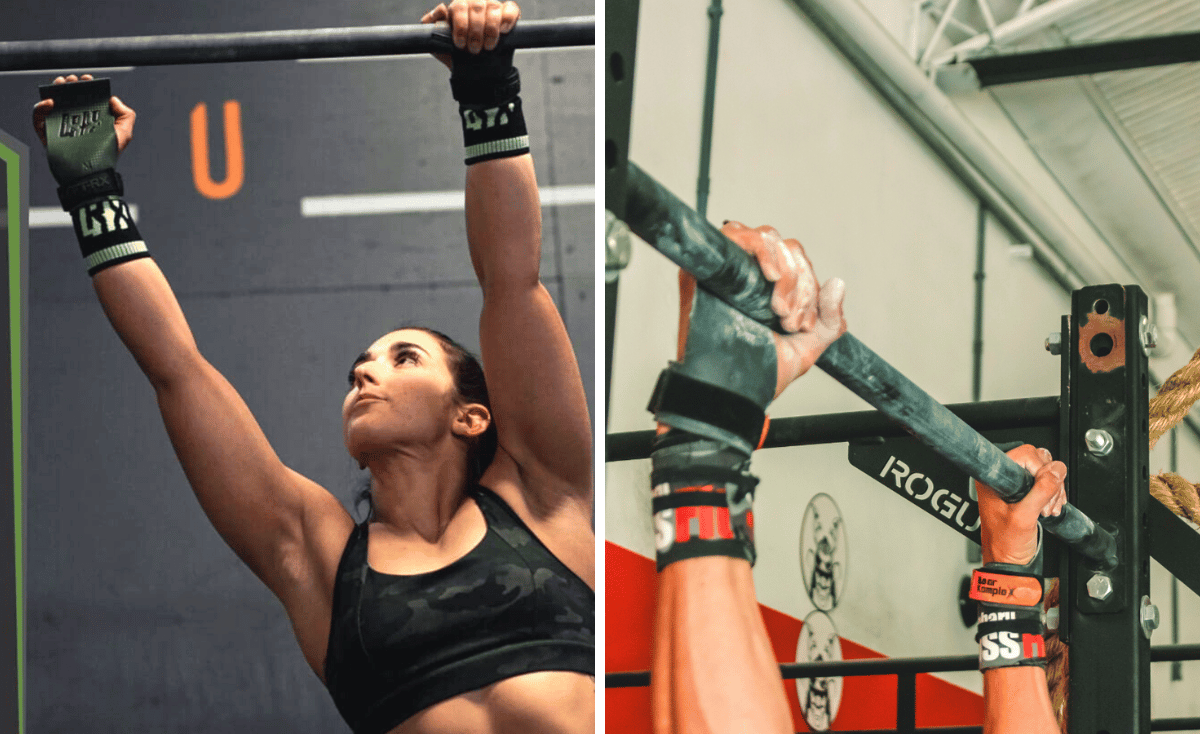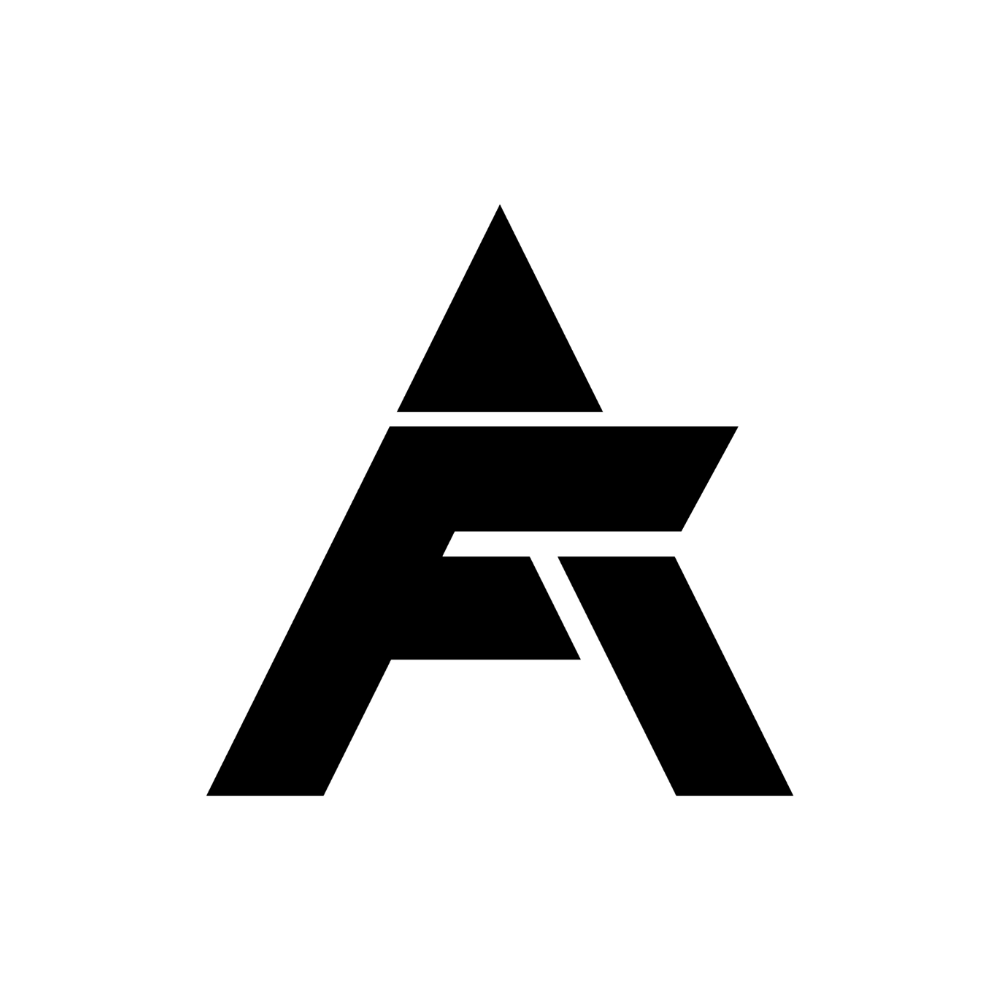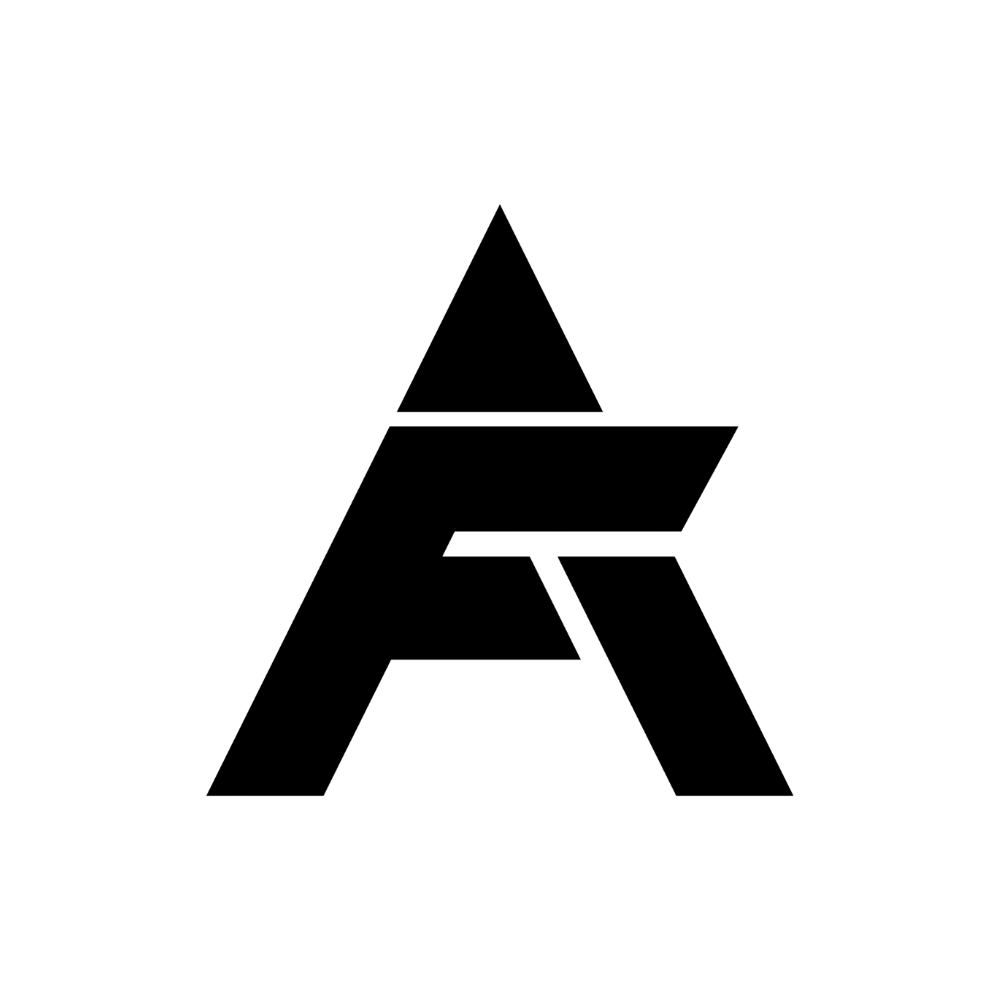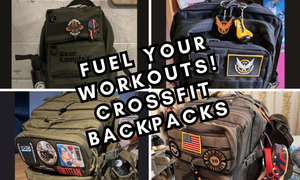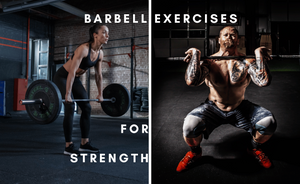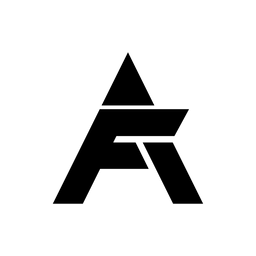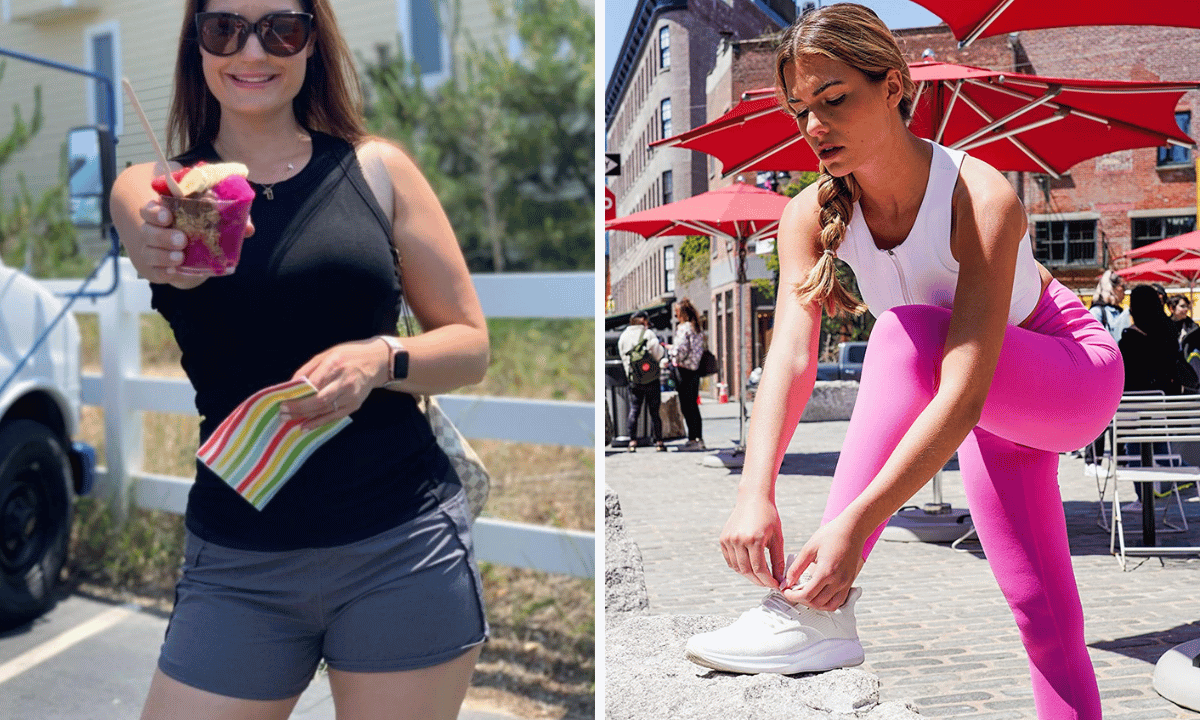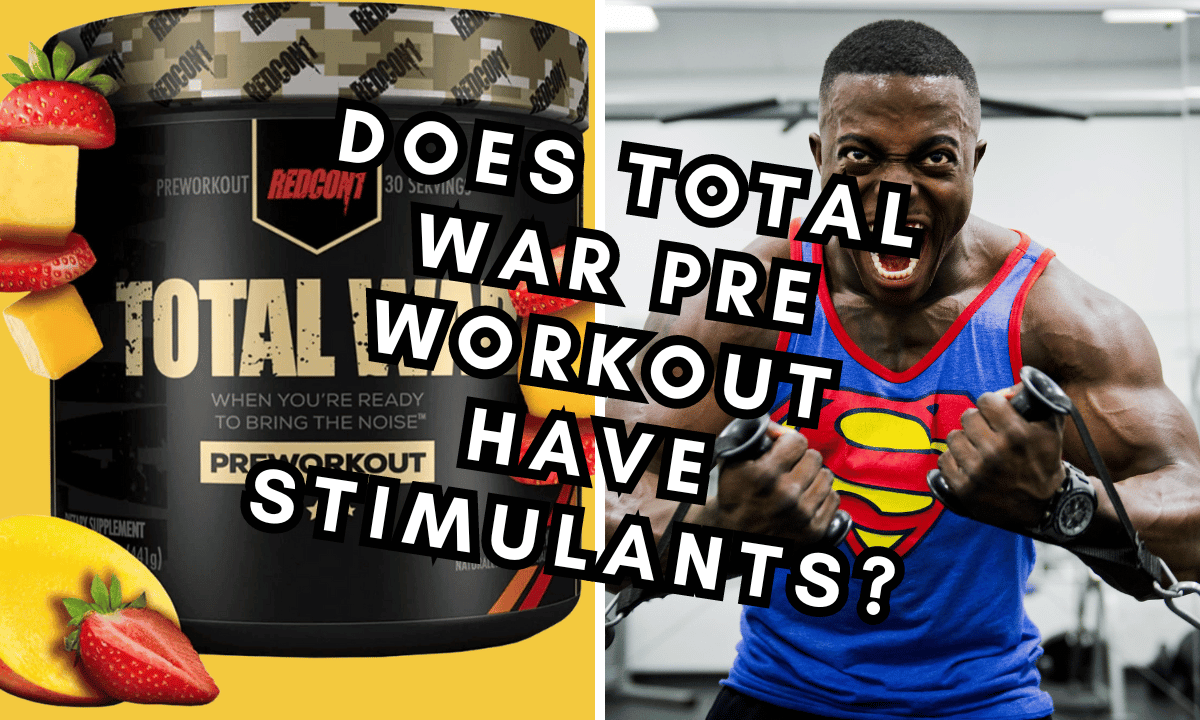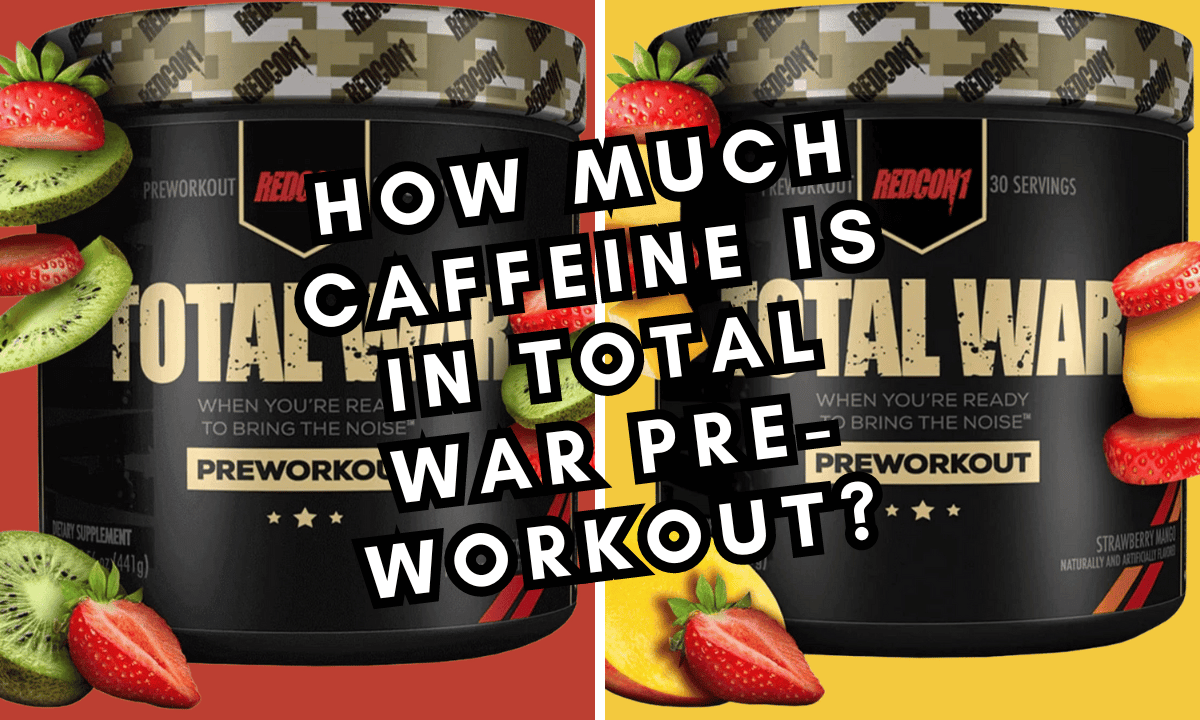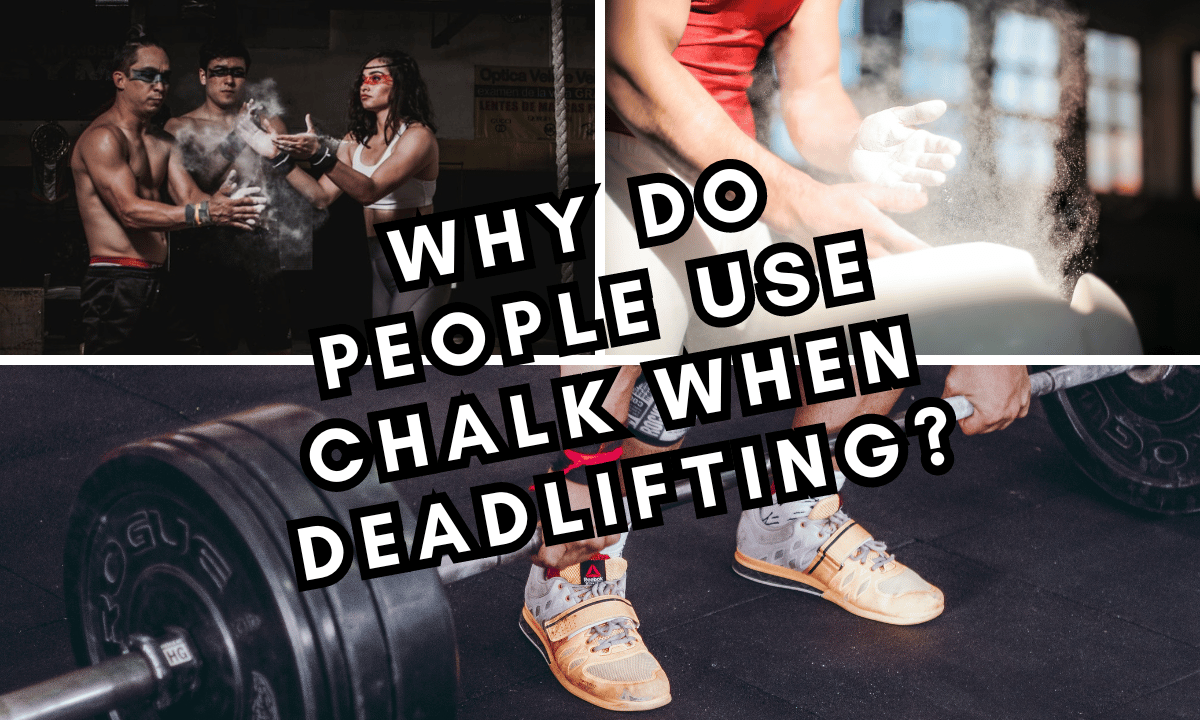The world of fitness is constantly evolving, and with it comes the development of innovative and effective tools to help you reach your goals. One such tool that has stood the test of time and continues to be a staple in the gym is the best weight lifting belt.
With so many options available, how do you choose the one that’s perfect for you? In this comprehensive guide, we’ll explore the best weightlifting belts of 2023, discuss the factors to consider when choosing a belt, and debunk common misconceptions. Let’s dive in and find the perfect belt for your needs!
Short Summary
- This article provides an overview of the best weightlifting belts for 2023, with factors to consider when selecting one and how to properly use it.
- Weightlifting belts can provide increased core stability, improved lifting technique and injury prevention benefits.
- Common misconceptions about weightlifting belts are addressed in the article.
Top 5 Weightlifting Belts for 2023
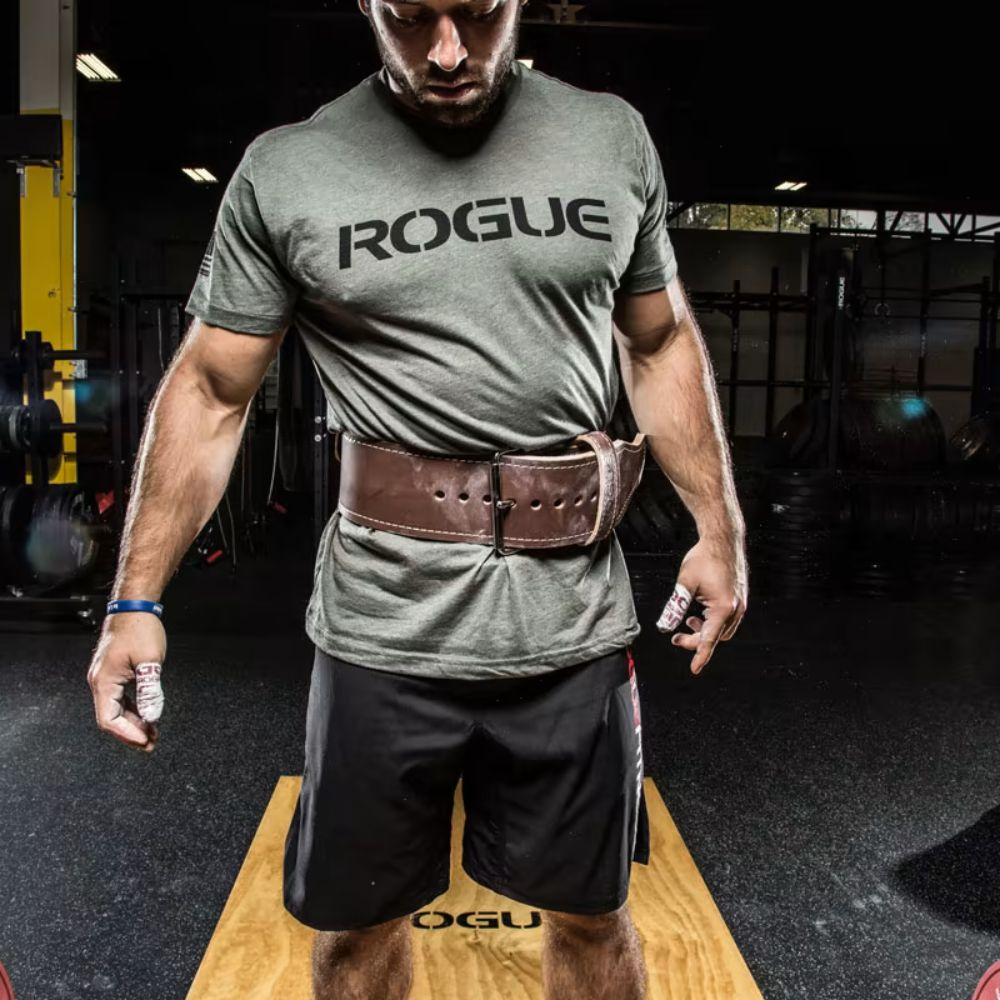
Whether you’re a seasoned powerlifter or just starting on your fitness journey, a reliable weightlifting belt can make all the difference in providing support and stability during your workouts. As we enter 2023, we’ve compiled a list of the top 5 weightlifting belts on the market, catering to various training styles and budgets.
From the best overall pick to the most budget-friendly option, we’ve got you covered. Whether you’re looking for a belt to help you reach your goals or just want to reach your goals, this belt will help you reach your goals.
Best Overall: Gymreapers Quick Lock Weightlifting Belt
The Gymreapers Quick Lock Weightlifting. Belt takes the top spot as one of the best weightlifting belts for 2023. This versatile belt is perfect for various training styles, offering even pressure and easy adjustability.
It’s constructed from premium materials, featuring a velcro enclosure system with a sliding pin, and measuring 4 inches in width. This combination of leather and nylon provides both support and comfort during your weightlifting sessions.
The advantages of the Gymreapers Quick Lock Weightlifting program. The belt includes its durability, simple donning and doffing process, and a lifetime warranty against defects.
However, it’s worth noting that this belt might not be suitable for strenuous powerlifting exercises. Garage Gym Reviews has rated it as the best overall weightlifting belt for 2023, thanks to its versatility and great value for its price.
For those who engage in different types of lifting and go heavy on various lifts, the Rogue Faded 4” Lifting Belt by Pioneer is recommended. If Olympic weightlifting is your focus, consider the Rogue Oly Ohio Lifting Belt.
Regardless of your training style, the Gymreapers Quick Lock Weightlifting System works for you. Belt is a reliable and high-quality choice that won’t disappoint.
Best Lever Belt: SBD Lever Belt
For powerlifters looking for a secure and durable weightlifting belt, the top choice is the SBD Lever Belt. It features:
- 4-inch wide and 10mm thick belt
- Crafted from high-quality leather
- Patented gliding lever closure system for a secure fit
- Interior made from red suede for added comfort during workouts.
The SBD Lever Belt:
- Approved for use in powerlifting competitions
- Renowned for its durability and ease of use
- Priced at approximately $250
- Well worth the cost for serious powerlifters due to its quality and competition compliance.
One potential drawback of lever belts is that they typically limit the belt to one user, as adjusting the fit can be time-consuming and often requires tools. However, the performance benefits of the SBD Lever Belt far outweigh this minor inconvenience.
In summary, the SBD Lever Belt is the best lever weightlifting belt on the market, providing durability, competition compliance, and a secure-feeling patented gliding lever closure system. It’s an excellent choice for powerlifters who want to invest in a top-quality weightlifting belt.
Best for Olympic Weightlifting: Rogue Oly Ohio Lifting Belt
For those who specialize in Olympic weightlifting, the Rogue Oly Ohio Lifting Belt is the ideal choice.
- Designed specifically for Olympic lifting
- Tapered design with a thickness of 10mm, providing minimal interference during lifts while still offering core support
- Crafted from vegetable-tanned American leather, ensuring durability and a comfortable fit.
The Rogue Ohio Lifting Belt is:
- Relatively expensive compared to other options
- Highly durable
- Designed specifically for Olympic weightlifters
- Conforms to the body with use, ensuring a secure and comfortable fit during lifting sessions
This leather weightlifting belt, also known as a weight belt, is a worthwhile investment for serious weightlifters, especially those who need a powerlifting belt or weight belts for added support.
In conclusion, the Rogue Oly Ohio Lifting Belt is the best weightlifting belt for Olympic weightlifting, offering a tapered design that ensures minimal interference during lifts while still providing the necessary core support.
Its high-quality leather construction makes it a reliable and durable choice for serious Olympic weightlifters.
Best for CrossFit: Element 26 Self-Locking Weightlifting Belt
CrossFit enthusiasts need a versatile and comfortable weightlifting belt that can keep up with their high-intensity workouts and quick transitions between exercises.
The Element 26 Self-Locking Weightlifting. Belt is the perfect fit for this purpose. Made of 100% nylon, this belt is lightweight and easy to adjust, making it ideal for CrossFit workouts.
Featuring a self-locking velcro system, the Element 26 Self-Locking Weightlifting Belt offers a secure fit and easy adjustability during your workouts. This belt provides the support and comfort necessary for a variety of exercises, from Olympic lifts to more dynamic CrossFit movements.
For those who prioritize versatility, comfort, and ease of use in their weightlifting belt, the Element 26 Self-Locking Weightlifting Belt is the top choice for CrossFit athletes. Its durable nylon construction and self-locking mechanism ensure you can focus on your performance without worrying about your belt.
Best Budget Option: Harbinger 4-Inch Nylon Weightlifting Belt
If you’re looking for a budget-friendly weightlifting belt that still offers support and durability, the Harbinger 4-Inch Nylon Weightlifting Belt is an excellent choice.
Constructed with 346-count nylon web, this belt is both affordable and durable, making it a great option for those seeking core support without breaking the bank.
Though it may not offer the same level of support as a premium leather belt, the Harbinger 4-Inch Nylon Weightlifting Belt offers the same level of support as a premium leather belt.
Belt is still a reliable option for those on a tight budget. It features a double-prong closure system and velcro fastening, ensuring a secure fit during your lifts.
In conclusion, the Harbinger 4-Inch Nylon Weightlifting System is the Harbinger 4-Inch Weightlifting System. Belt is the best budget option for those seeking an affordable and durable weightlifting belt.
While it may not have all the features of a premium belt, it still provides adequate support for lifting, making it an excellent choice for budget-conscious lifters.
Factors to Consider When Choosing a Weightlifting Belt
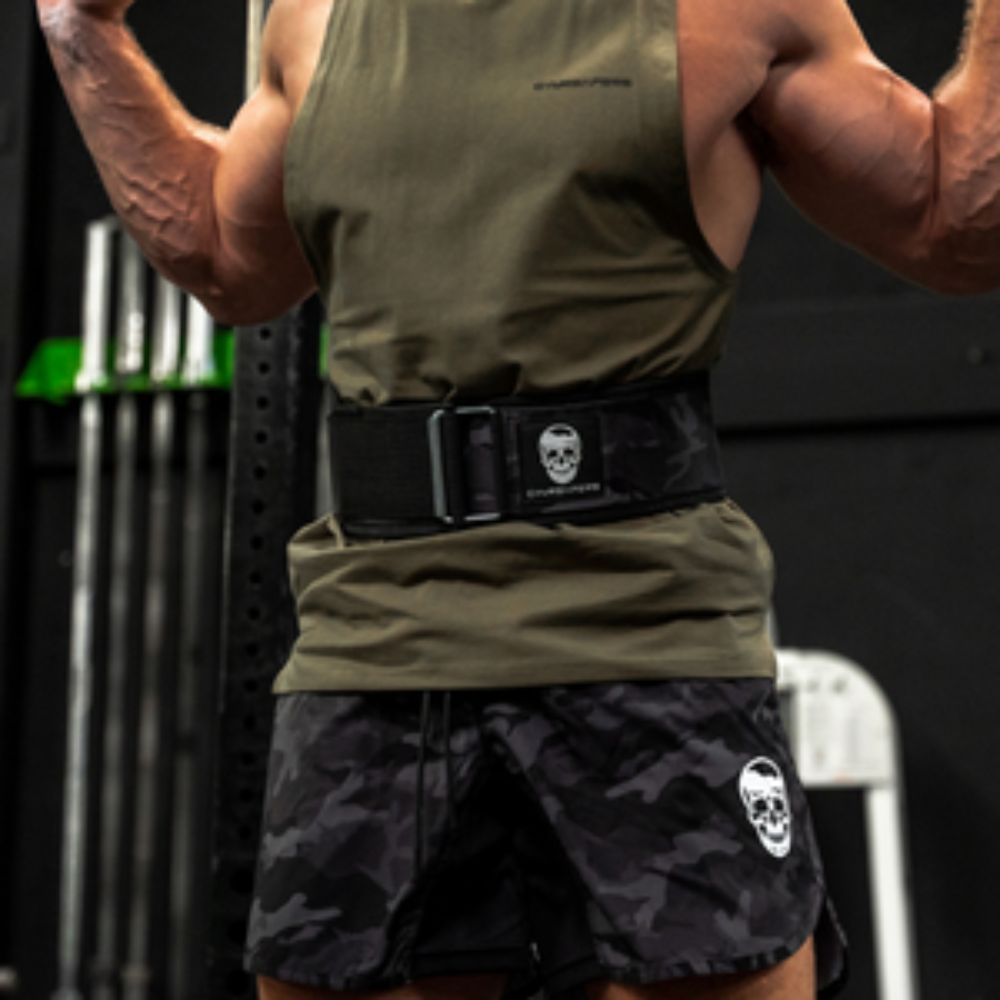
Now that you’re familiar with the top weightlifting belts of 2023, it’s essential to consider the factors that will help you choose the right belt for your specific needs. These factors include:
- Your training style
- Material preferences
- Fastening system
- Size and fit
- Desired thickness and width
Let’s delve into each of these factors to ensure you select a weightlifting belt that will provide optimal support and comfort during your workouts.
Training Style
Choosing the right weightlifting belt depends on your training style. It has a great bearing on which one is suitable for you. Different belts cater to different training styles, so it’s crucial to choose a belt that aligns with your goals and preferences.
For example, heavier weightlifters may prefer thicker leather belts that offer more support, while those participating in CrossFit or functional fitness programs might opt for less rigid nylon belts.
Cylindrical and tapered are the two commonly used design types for weightlifting belts. Powerlifters and strongman athletes typically prefer a cylinder-styled belt that is more rigid, providing additional support during heavy lifts.
On the other hand, recreational and functional fitness athletes may seek a belt that offers support, comfort, and versatility for a variety of activities, such as the Element 26 Self-Locking Weightlifting Belt.
In summary, your training style is a key factor to consider when selecting a weightlifting belt. Choose a belt that suits your needs and preferences, whether it’s a thicker leather belt for heavy lifting or a more versatile nylon belt for CrossFit workouts.
Material
Leather and nylon are the two primary materials used for weightlifting belts. Leather and nylon belts each have their own advantages.
Leather belts are known for their durability and ability to conform to the body with use, providing a comfortable and secure fit. However, they do require a breaking-in period and need to be cleaned and conditioned to maintain their performance.
Nylon belts, on the other hand, require no breaking-in period and are easy to care for. They may not fit as well as a well-used leather belt, but they still provide sufficient support for most lifters.
In the end, the choice between leather and nylon comes down to your desired rigidity and durability. Consider your training style and preferences when selecting the material for your weightlifting belt.
Fastening System
Another important factor to consider when choosing a weightlifting belt is the fastening system.
There are three main options: buckle, lever, or Velcro. Each fastening system has its advantages and disadvantages, so it’s essential to choose the one that best suits your needs and preferences.
Buckle mechanisms, such as prong and roller buckles, offer a secure fit and are straightforward to adjust. However, they can be challenging to lock when the belt requires a very tight fit, and adjustments are made in one-inch increments.
Lever belts, like the SBD Lever Belt, provide a secure fit and are easy to use, but they typically limit the belt to one user, as adjusting the fit can be time-consuming and often requires tools.
Finally, Velcro belts like the Element 26 self-locking weightlifting belt. Belts offer the advantage of affordability and ease of use, but may be less durable and supportive than prong or lever belts, such as the lever lifting belt.
In conclusion, consider your preferences and needs when selecting a fastening system for your weightlifting belt. Each option has its pros and cons, so choose the one that will provide the best balance of support, ease of use, and durability for your workouts.
Size and Fit
Size and fit are crucial when selecting a weightlifting belt. A belt that is too small or too large will not provide the necessary support and stability during your lifts.
To ensure a proper fit, it’s essential to measure your waist circumference at the navel using a flexible tape measure, rather than relying on your pant size.
Weightlifting belts are generally available in various sizes, and it’s important to choose one that fits snugly around your waist for optimal support and comfort.
Remember that the fit may vary between brands and materials, so trying on different belts at a nearby sporting goods store or gym can help ensure you find the perfect fit. A well-fitted weightlifting belt will provide the support you need without restricting your breathing or movement.
Thickness and Width
The thickness and width of your weightlifting belt are essential factors to consider when choosing the right belt. These dimensions will impact the balance of support and mobility provided by the belt.
For heavy weightlifting, you may prefer a thicker belt, such as 10mm or 13mm options, to provide more support during your lifts. However, for smaller lifters or those who prioritize mobility, a thinner belt may be a better choice.
Similarly, the width of the belt can impact your comfort and support during workouts. Wider belts typically offer more support, but they may also be more restrictive and uncomfortable for some individuals, especially those with shorter or more petite builds.
Ultimately, the thickness and width of your weightlifting belt should be chosen based on your individual preferences and training style, ensuring the right balance of support and mobility for your workouts.
How to Properly Use a Weightlifting Belt
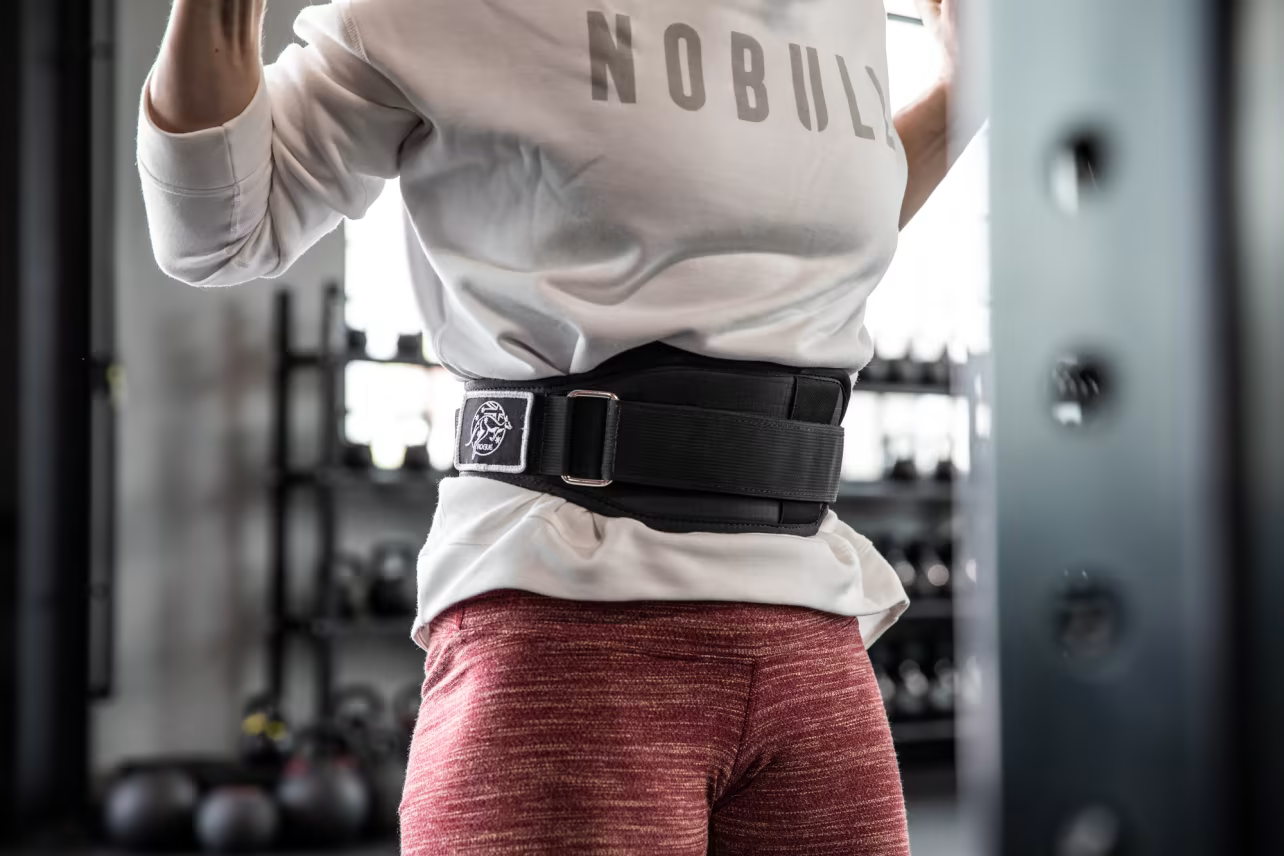
Now that you’re equipped with the knowledge to choose the perfect weightlifting belt, it’s essential to learn how to use it properly to maximize its effectiveness and safety during your workouts. This includes correctly positioning the belt, adjusting its tightness, and knowing when it’s appropriate to wear it.
Let’s explore each of these factors in detail.
Positioning the Belt
Positioning the belt correctly is crucial for optimal support and pressure during your lifts.
The belt should be placed around your waist, slightly above your hip bones. It’s essential to find a position that feels comfortable and provides adequate support without digging into your ribs or hips.
To ensure the belt is positioned correctly, you may need to experiment with various placements during your workouts. Keep in mind that the proper position may vary depending on the specific exercise you’re performing.
Don’t be afraid to make adjustments as needed to find the most comfortable and supportive placement for your weightlifting belt.
Tightness and Adjustments
Adjusting the tightness of your weightlifting belt is another critical factor in ensuring comfort and support during your lifts.
The belt should be tightened to the point where it feels snug and secure but doesn’t impede your breathing or movement. Remember, the goal is to provide support, not to restrict your ability to perform the exercise.
To find the right tightness, follow these steps:
- Secure the belt so it feels snug.
- Perform a few practice reps of the exercise to ensure it’s comfortable and supportive.
- If necessary, make adjustments to the tightness until you find the perfect balance between support and comfort.
This may take some trial and error, but it’s essential to ensure you get the most out of your weightlifting belt.
When to Wear the Belt
Knowing when it’s appropriate to wear a weightlifting belt is essential for proper usage and effectiveness.
Generally, you should wear a belt when performing heavy lifts, such as squats, deadlifts, and overhead presses, where additional core support is necessary.
Wearing a belt during these exercises can help maintain proper form and technique, leading to better performance and reduced risk of injury.
It’s important to note that a weightlifting belt is not always necessary for every exercise or lighter lift. During warm-up sets or exercises that do not require significant core stabilization, a belt may not be needed.
Remember to use your weightlifting belt as a tool to enhance your performance and safety during heavy lifts, but don’t rely on it as a crutch for poor form or technique.
The Benefits of Using a Weightlifting Belt
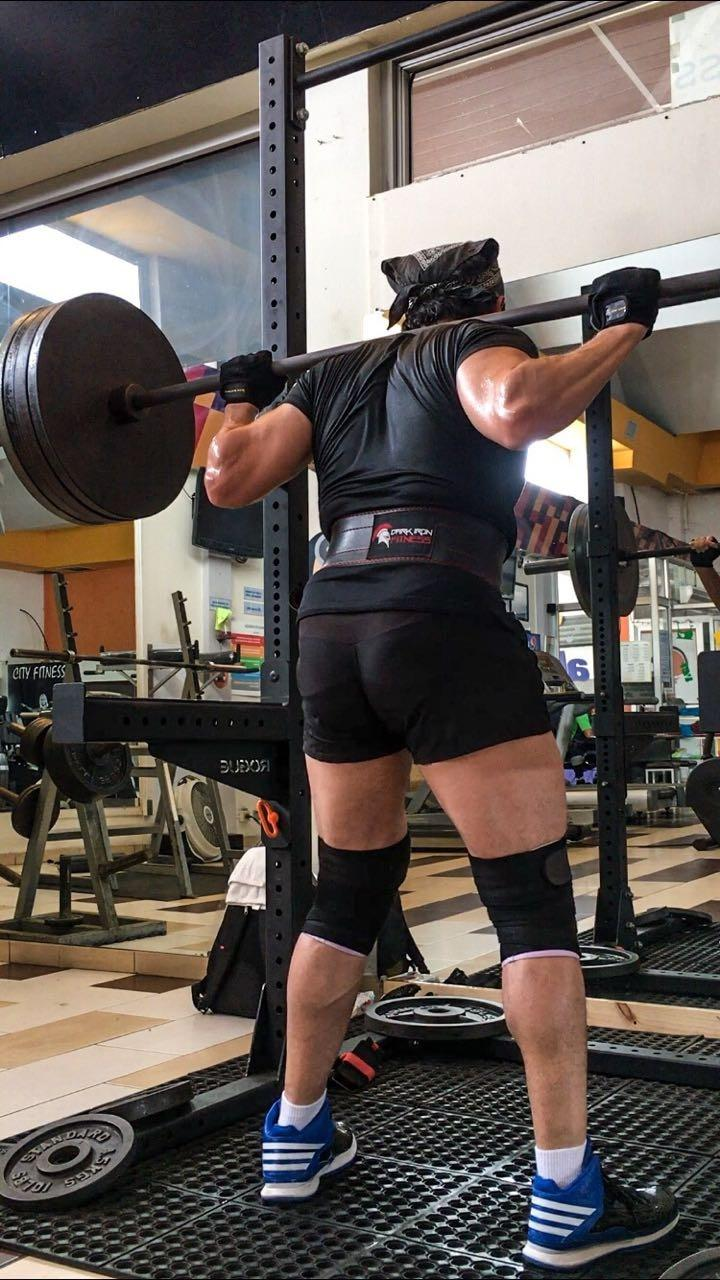
There are several advantages to using a weightlifting belt during your workouts. Here are some of the benefits:
- Increased core stability
- Improved lifting technique
- Injury prevention
- Better performance
- Overall results
Incorporating a weightlifting belt into your training routine can help you achieve these benefits.
Let’s explore these benefits in more detail.
Increased Core Stability
One of the primary benefits of using a weightlifting belt is increased core stability. By providing additional support to the core muscles, a weightlifting belt can help enhance stability and balance during heavy lifts.
This increased stability not only allows you to perform safer and more effective lifts, but also enables you to lift heavier weights with greater confidence.
Weightlifting belts work by providing a physical reminder to engage the core, ensuring proper bracing and stabilization during your lifts. This increased core engagement can lead to improved performance and reduced risk of injury, making a weightlifting belt a valuable tool for both novice and experienced lifters.
Improved Lifting Technique
Another significant benefit of using a weightlifting belt is the potential for improved lifting technique. Wearing a belt can help maintain proper form and technique during lifts, ensuring that you’re performing each exercise safely and effectively.
This proper form can lead to better performance and a reduced risk of injury, allowing you to make steady progress in your training.
A weightlifting belt can serve as a constant reminder to maintain proper form during your lifts, reinforcing good habits and helping you avoid the pitfalls of poor technique.
By promoting proper lifting mechanics and providing real-time form feedback, a weightlifting belt can play a crucial role in improving your overall lifting technique and performance.
Injury Prevention
Injury prevention is a critical aspect of any successful training program, and using a weightlifting belt can play a significant role in keeping you safe during your workouts.
By providing support and promoting proper lifting technique, a weightlifting belt can help reduce the risk of injuries associated with heavy lifting.
In addition to supporting the lower back, a weightlifting belt can also help prevent overarching during bench press exercises, further reducing the risk of injury.
As your training progresses and the weights get heavier, incorporating a weightlifting belt into your routine can be an invaluable tool for injury prevention and ensuring long-term success in your fitness journey.
Common Misconceptions About Weightlifting Belts
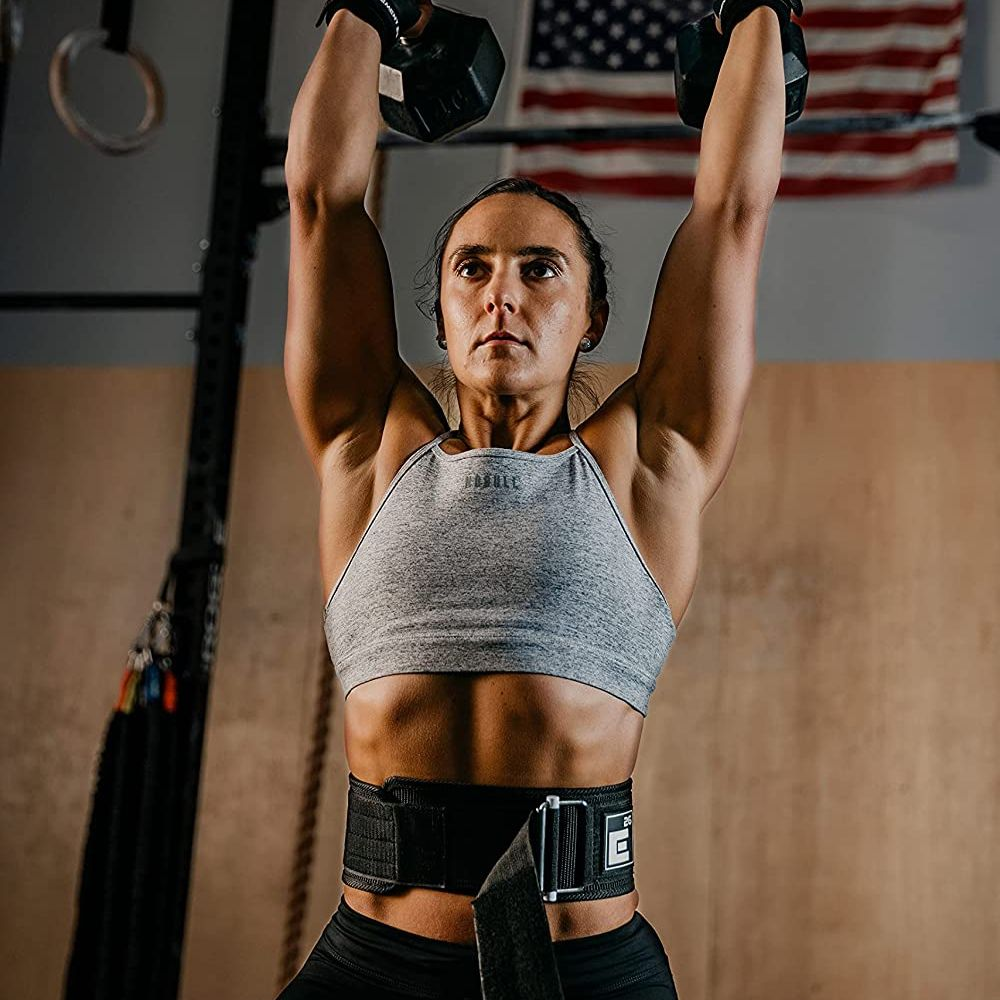
As with any fitness tool, there are common misconceptions about weightlifting belts that can lead to confusion and misuse. In this section, we’ll debunk some of these myths, including:
- The belief that weightlifting belts weaken the core
- The belief that weightlifting belts are only for heavy lifts
- The belief that weightlifting belts act as a substitute for proper form.
By understanding the truth behind these misconceptions, you can make informed decisions about incorporating a weightlifting belt into your training routine.
Weakening the Core
One common myth about weightlifting belts is that they weaken the core by providing artificial support and preventing the core muscles from working as hard as they should.
However, this is not the case. In fact, using a weightlifting belt correctly can actually increase activation of key core muscles and provide additional stability during heavy lifts.
A weightlifting belt is not a crutch that replaces the need for strong core muscles, but rather a tool that can help enhance core stabilization, which is a key indicator of proper lifting form.
By providing additional support and promoting proper engagement of the core muscles, a weightlifting belt can actually contribute to increased core strength and stability, not weaken it.
Only for Heavy Lifts
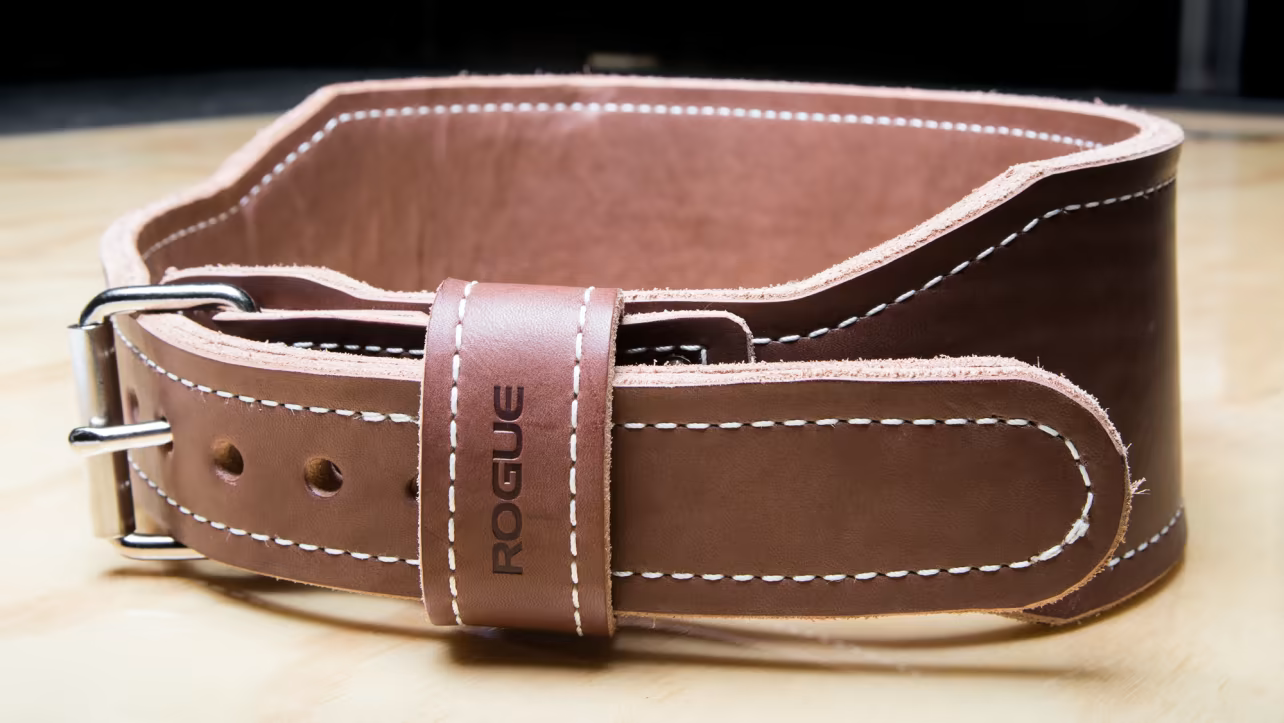
Another misconception about weightlifting belts is that they are only necessary for heavy lifts. While it’s true that a belt can provide the most benefit during heavy lifting exercises like squats, deadlifts, and overhead presses, it doesn’t mean that a belt can’t be used for other types of lifts or training styles.
In fact, a weightlifting belt can be employed for any type of lift, including lighter and moderate lifts, depending on the individual’s preferences and needs.
The key is to use the belt as a tool to enhance your performance and safety during lifts, not as a crutch for poor form or technique. Remember, a weightlifting belt should be used to support your training goals, not dictate them.
A Substitute for Proper Form
The final misconception about weightlifting belts that we’ll debunk is the idea that they can act as a substitute for proper form. While a weightlifting belt can provide support and promote proper lifting technique, it should never replace the need for good form and technique during your lifts.
Using a weightlifting belt as a crutch for poor form can lead to a higher risk of injury and hinder your long-term progress in the gym. It’s essential to learn and practice proper lifting techniques, then incorporate a weightlifting belt as a tool to enhance your performance and safety.
Remember, a weightlifting belt is there to support your training, not to replace the need for proper form and technique.
Summary
In conclusion, choosing the right weightlifting belt can make a significant difference in your training, providing support, stability, and injury prevention during your workouts.
By considering factors such as your training style, material preferences, fastening system, size and fit, and desired thickness and width, you can select the perfect belt to meet your individual needs.
Whether you’re a seasoned powerlifter, an Olympic weightlifter, a CrossFit enthusiast, or simply someone looking for a budget-friendly option, there’s a weightlifting belt out there for you.
Equip yourself with the knowledge and tools necessary to make an informed decision, and unlock the potential of your training with a weightlifting belt that suits your needs and preferences.
Frequently Asked Questions
Which belt is good for weightlifting?
For weightlifting, the most popular choice is a leather tapered or ratchet belt. For more advanced powerlifters, a 13mm leather belt may be the best option.
The Gymreapers Lever Belt is also a great choice for heavier lifts such as deadlifts, squats, and bench.
Do weight belts help lifting?
Weight lifting belts have been found to provide increased trunk stability and improved weight-lifting abilities when you’re doing heavy lifts (80% of your one-rep max) compared to not wearing a belt. This added support reduces the risk of injury to your spine.
Wearing a weight lifting belt can help you lift heavier weights with greater safety and stability. It can also help you maintain proper form and technique, which can help you get the most out of your workouts. Additionally, wearing a belt can help you stay focused and motivated during your workouts.
How much should I spend on a lifting belt?
For a high-quality and durable lifting belt, you should expect to spend around $100-$130.
Gymreapers offers a selection of leather belts in this price range.
What is the best brand for lifting belts?
Based on reviews from experts, the best brand for lifting belts are the ones we have listed in this article.
Are weightlifting belts worth it?
Weight lifting belts are beneficial for heavy lifts, such as 80% or more of your one-rep max. Belts help create the trunk stiffness needed to reduce injury risk and can result in higher 1RMs and new personal bests.
Using a weight lifting belt can help you lift heavier weights safely and efficiently. It provides extra support to your core and back muscles, allowing you to lift more weight without risking injury. It also helps.
